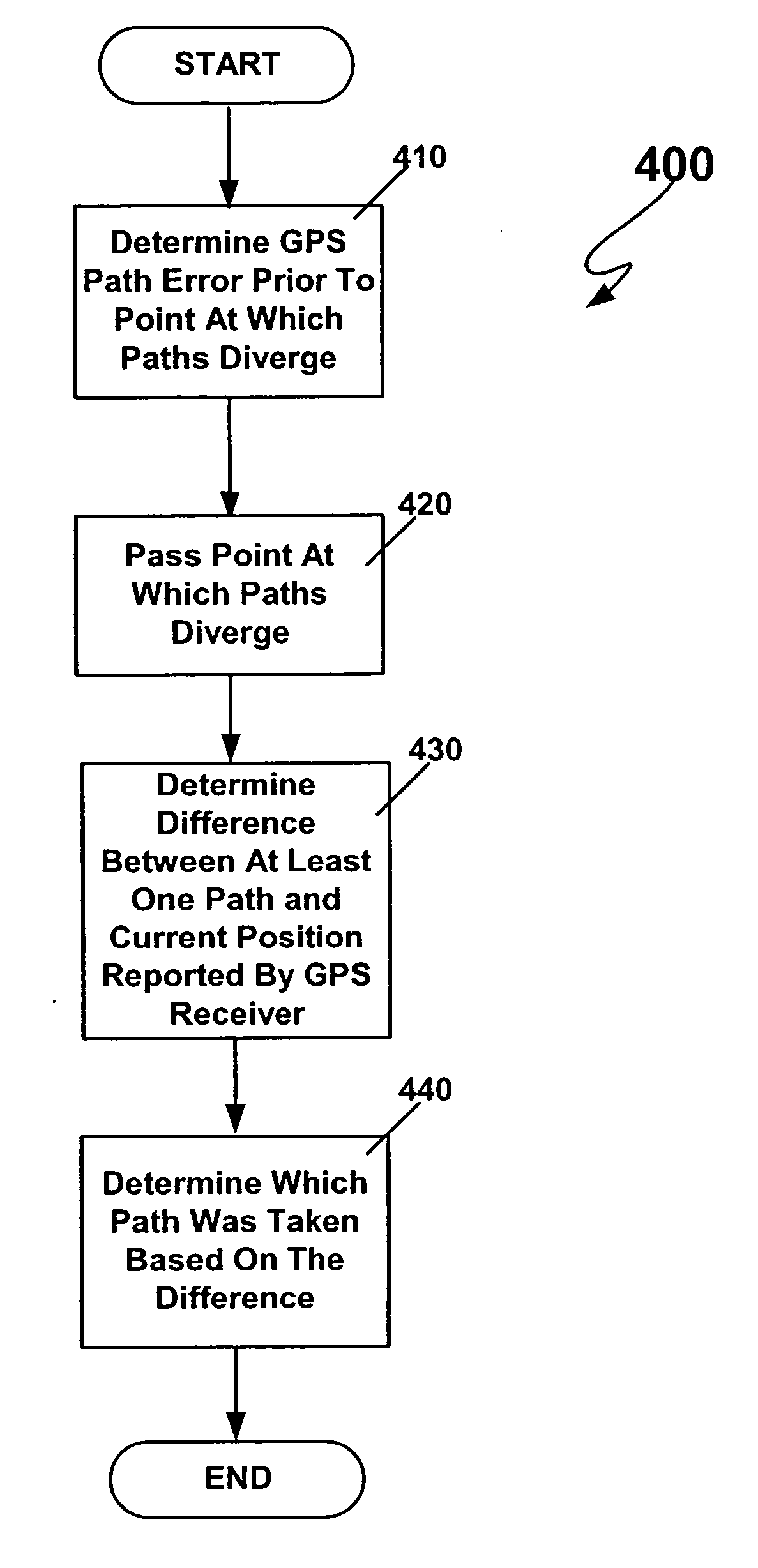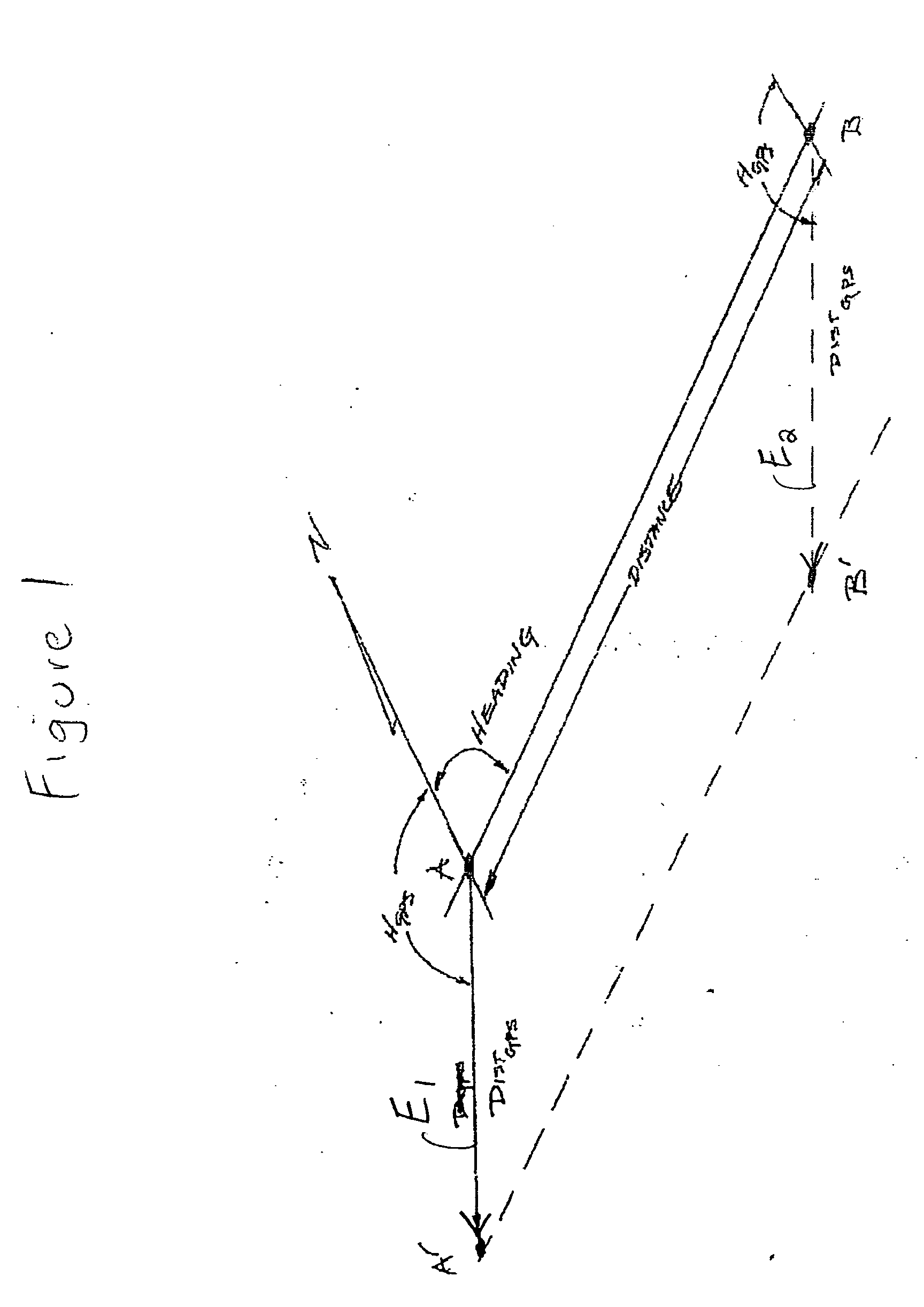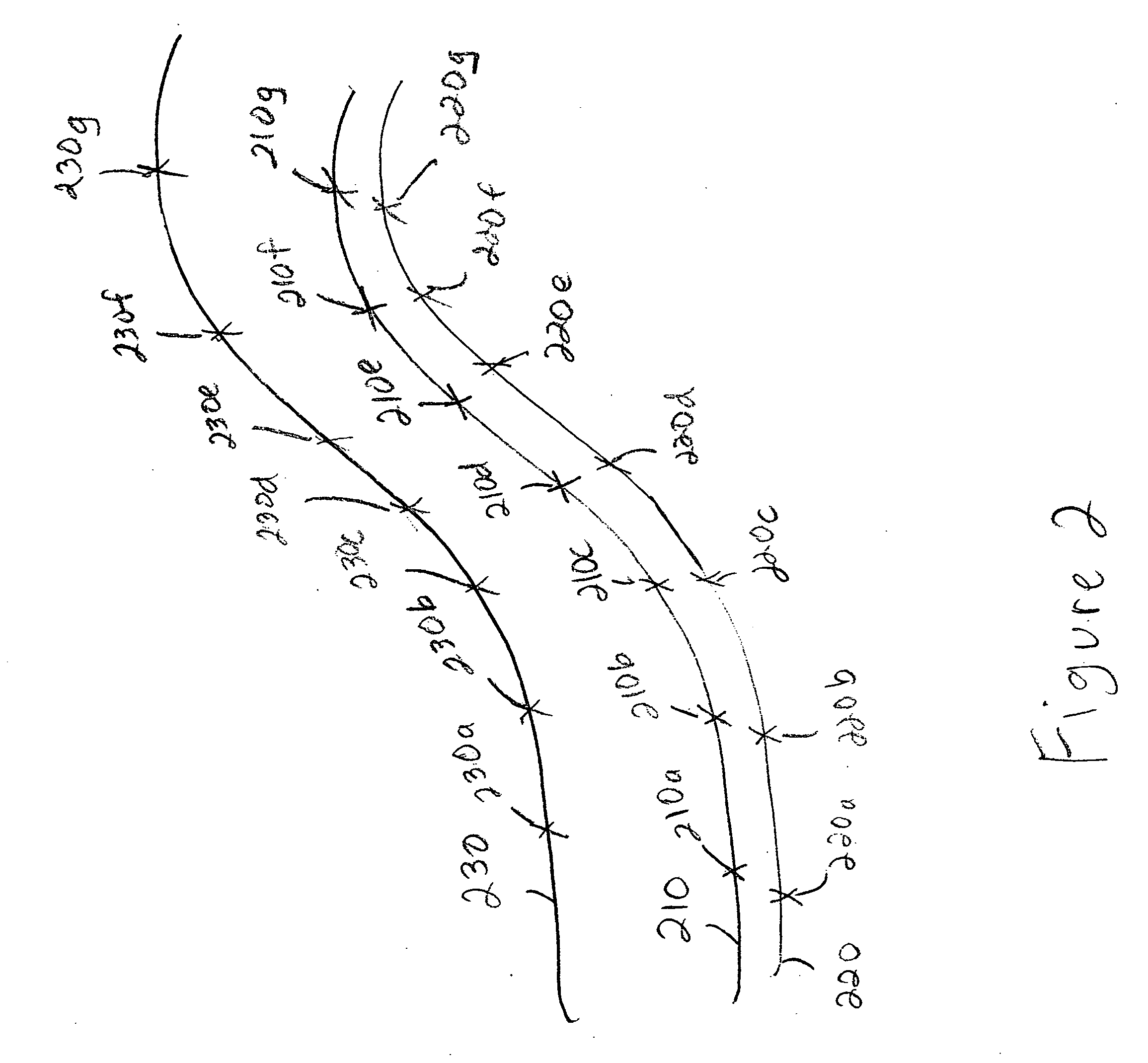System and method for determining relative differential positioning system measurement solutions
a technology of relative differential positioning and measurement solution, which is applied in the field of positioning system, can solve the problems of affecting the accuracy of the measurement of signal travel time, the inability to accurately measure the signal travel time, and the complex process of controlling the movement of trains in a modern environment both in the train yard and on the main train lin
- Summary
- Abstract
- Description
- Claims
- Application Information
AI Technical Summary
Benefits of technology
Problems solved by technology
Method used
Image
Examples
Embodiment Construction
[0029] The present invention will be discussed with reference to preferred embodiments of vehicle control systems. Specific details, such as accuracies of GPS receivers, are set forth in order to provide a thorough understanding of the present invention. The preferred embodiments discussed herein should not be understood to limit the invention. Furthermore, for ease of understanding, certain method steps are delineated as separate steps; however, these steps should not be construed as necessarily distinct nor order dependent in their performance.
[0030] The present invention provides a system and method for determining relative differential global positioning (“RDGPS”) system measurement solutions. The invention is particularly useful in determining which path from among a plurality of available paths a vehicle has taken. The invention has particular application in the transportation field. More specifically, train control system (e.g., CTC systems, ATC systems and the like) may emp...
PUM
 Login to View More
Login to View More Abstract
Description
Claims
Application Information
 Login to View More
Login to View More - R&D
- Intellectual Property
- Life Sciences
- Materials
- Tech Scout
- Unparalleled Data Quality
- Higher Quality Content
- 60% Fewer Hallucinations
Browse by: Latest US Patents, China's latest patents, Technical Efficacy Thesaurus, Application Domain, Technology Topic, Popular Technical Reports.
© 2025 PatSnap. All rights reserved.Legal|Privacy policy|Modern Slavery Act Transparency Statement|Sitemap|About US| Contact US: help@patsnap.com



